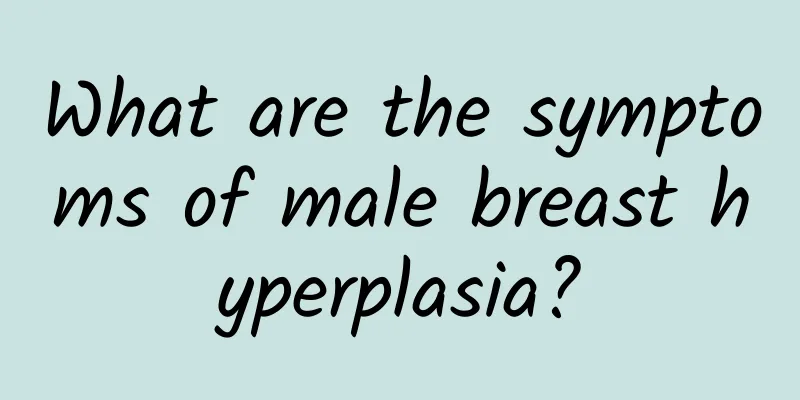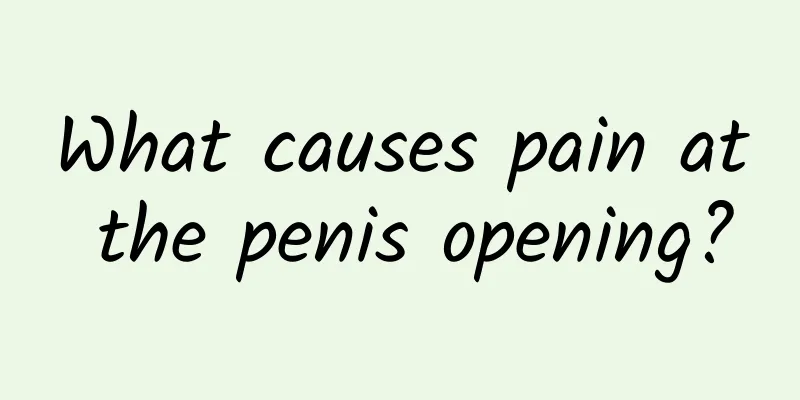How to treat hidden testicles

|
How to treat hidden testicles? Hidden testicles are hidden in the abdominal cavity instead of being located normally in the scrotum due to genetic or disease reasons. Such a situation can easily cause infertility in patients and developmental problems in young children. Therefore, active treatment should be carried out. In terms of treatment methods, it can be divided into surgical treatment and endocrine treatment. As for the time of treatment, the sooner the better. There are two main treatments for cryptorchidism: hormone therapy and surgical treatment. The indications for both treatments should be considered based on the natural descent, degeneration, fertility, and treatment effects of cryptorchidism. Endocrine therapy If the serum testosterone and luteinizing hormone levels of cryptorchid patients are low, and serum testosterone increases after hCG treatment, indicating that the testicular stromal cells are sensitive to hCG, the chance of testicular descent is greatest. Laparoscopy and treatment Laparoscopy can diagnose inguinal canal and high-positioned cryptic testis with high accuracy. In recent years, it has been widely used in the diagnosis and treatment of cryptic testis. Its operation method is simple, time-saving, and can be performed at the same time as exploration and surgery. Laparoscopy is usually done in a hospital under general anesthesia. The doctor will make a small hole in the patient's navel to insert a scope and introduce carbon dioxide. The carbon dioxide is used to expand the abdominal cavity, making it easier for the doctor to operate, and also allowing the doctor to carefully observe and handle the organs. The new generation of laparoscopic therapy is to apply microtubule endoscopy technology to the exploration and treatment of occult testis. The biggest advantage of laparoscopy is that it does not damage the anatomical structure of the inguinal groove area, does not damage the levator testis muscle, and can accurately locate the testicles or confirm the absence of testis, avoiding blind exploration. It can also release the spermatic cord at the highest position, allowing it to descend to the bottom of the scrotum without tension and fix it. It has small damage, fast recovery, short hospitalization time, 0.3-0.4cm wound, and no scars. It is currently the best solution for the treatment of occult testis. Hormone therapy Some patients with cryptorchidism are caused by endocrine reasons. This is closely related to the descent of the testicles of the fetus in the mother's body and the maternal gonadotropin. At present, the commonly used clinical treatment for this type of patients is first LH-RH (gonadotropin-releasing hormone) treatment and then HCG (chorionic gonadotropin) treatment. Generally, the testicles may descend into the scrotum 2 to 3 weeks after the patient takes the medicine. The appropriate treatment age is 2 to 9 years old, and it is ineffective before and after this age. We have briefly described how to treat cryptorchidism. For cryptorchidism patients, if the treatment is not good, it is easy to cause the quality and quantity of sperm to fail to meet the requirements of fertility, thus causing male infertility. Cryptorchidism is also prone to cause dysplasia in patients and other reproductive system diseases. |
<<: What is the penile acidity?
>>: Why does a man ejaculate while sleeping?
Recommend
Uncover the benefits of sleeping naked for men
For Chinese people who are used to sleeping with ...
Does it hurt for a man to have a urinary catheter inserted?
We all know that when performing surgery, a cathe...
What should I do if I ejaculate every day?
Sperm emission is a normal reaction of life and a...
Why do men urinate frequently at night?
Many men are very distressed every night. They ha...
There are white spots on the coronal sulcus. Apply some vinegar and it will disappear.
There are white spots on the coronal sulcus, whic...
Introduction to simple treatment methods for glansitis
I believe that many boys have suffered from glans...
How should fat men dress when autumn comes?
In life, many men gradually gain weight because t...
What are the dangers of taking prostate fluid?
Women living in the 21st century are suffering fr...
Is it normal to have edema in the frenulum after circumcision surgery?
Frenulum edema after circumcision is a problem th...
Is it necessary to be circumcised at the age of 30?
If you have a long foreskin, you can exercise mor...
How to treat male urethral infection?
The problem of urethral infection mainly occurs i...
Is it a disease if there are small transparent lumps in the semen?
When humans give birth to offspring, it is throug...
What are the benefits of circumcision?
Circumcision is a surgery that many men choose. T...
Can running really help you lose weight? The correct way to lose weight by running
People have always been particularly supportive of...
What is the treatment for non-gonococcal glansitis?
Do you know about non-gonococcal glansitis? This ...









